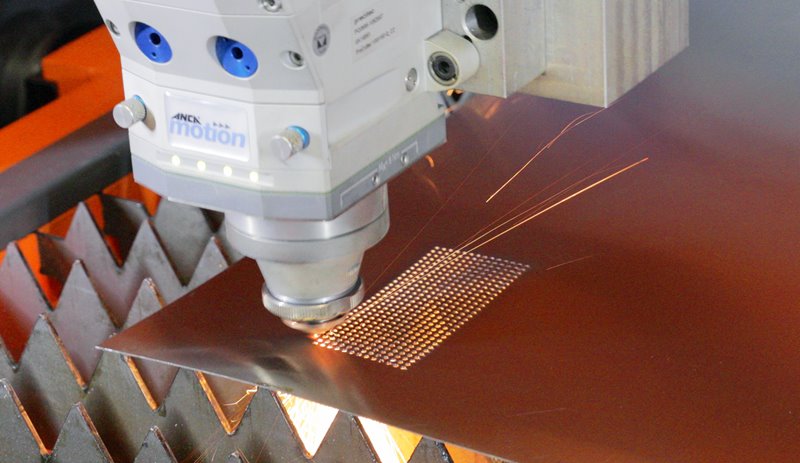News
Product News
Anybody who has driven a car knows that going from a straight road to a curved one means you’d better slow down.
Keeping a constant speed on a path turning from a line into an arc, as in this example, will deliver a sudden change in acceleration as the arc begins. This kinematic effect is known as centripetal acceleration, and is calculated by velocity squared divided by radius.
“You would have to stop if you don't round the corner,” explains ANCA Motion’s Abbas Shahzadeh, who is also an electrical engineering researcher who has studied the effects of centripetal acceleration and jerk in machine tool applications.
“The only way to stay on the path is to stop completely, reorient the car’s wheels, and then start moving again if you want to accurately follow the path. When there is line segment followed by an arc segment, there will be a step change in acceleration due to radial acceleration, and the only way to avoid this is to stop completely.”
The rate of change in acceleration itself is known as jerk, and is sometimes referred to as “the acceleration of acceleration.” As with road and railway planners, mobile roboticists and many other professions, minimising jerk is a major consideration for machine tool makers and users.
CNC controllers are designed to break a toolpath down into combinations of lines and arcs, creating contours for machining parts. All controllers have strategies for “jerk control,” putting limits on changes in acceleration. It is all about avoiding the effects of jerk, which can create vibration, surface finish defects, and damage to machines.
Different approaches to maximising smoothness are based on a variety of geometrical principles, such as Dubins Curves, Bezier Curves and NURBS.
Part of Shahzadeh’s research has explored optimised fillets for corner smoothing, using a 3-axis laser cutting machine and an AMC5 ANCA Motion CNC controller.
ANCA Motion’s jerk control is suitable for numerous different applications, but has been “specifically developed” for 2D laser cutting, which demands particularly high feedrates. Like other methods, it balances the tradeoff between cut quality and cycle time. ANCA Motion’s path smoothing, however, optimises curves to deliver shorter cycle times compared to competitors, with the same cut quality.
In one test of path smoothing, cycle times were decreased from 44.5 seconds to 35.1 seconds, a 21 per cent improvement.

“They are basically optimised curves and they give you the maximum velocity without exceeding the jerk limits that are set for the machine,” explains Shahzadeh of the approach.
“So for every machine we find out what the jerk limit should be to prevent vibrations and then these curves help us to adhere to those limits.”
Calibrated to the tolerances a user requires, the controller’s gradual changes in acceleration also give better surface finish, as well as better throughput. Combine these with increased lifespan of machinery through jerk control - meaning lower total costs through longer-lasting mechanical parts - and the “better, cheaper, faster” triad is complete.
2 September 2019